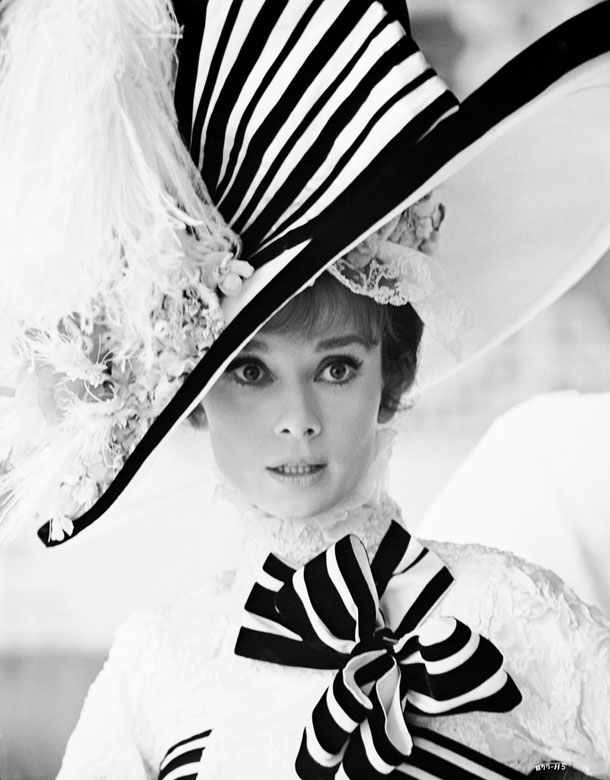skip to main |
skip to sidebar
From
Tatler:
Royal Ascot is one of the smartest events on the social calendar, with a rigorous dress code to match. Decoding what you can wear by each enclosure is a minefield, with tops and tails required for some, while others are a little looser. Unsurprisingly, it is the Royal Enclosure that has one of the strictest sets of rules, requiring men to wear morning dress and a top hat, while ladies must wear their finest dresses and hats.
In recent years, the dress code has made headlines for relaxing a little, although organisers are keen to emphasise that their strict rules still aren’t for breaking. As recently as 2019, it announced changes that allow for women to wear men’s dress, as well as midriff-bearing and sheer tops, although every enclosure is different. While things have gotten a little freer and modern in the Queen Anne enclosure, fascinators are now mandatory at the Windsor Enclosure.
But where did this prescriptive dress code originate? When the racing meet was inaugurated by Queen Anne as ‘Her Majesty’s Plate’ in 1711, there was no dress code as such, but as it grew to become the prestigious event it is today in the 19th century, it became the place to see and be seen. This was when famous dandy Beau Brummell, a close friend of the Prince Regent (the future King George IV), reportedly decreed that ‘men of elegance’ should wear ‘waisted black coats and white cravats with pantaloons’. (Read more.)
Share


















No comments:
Post a Comment